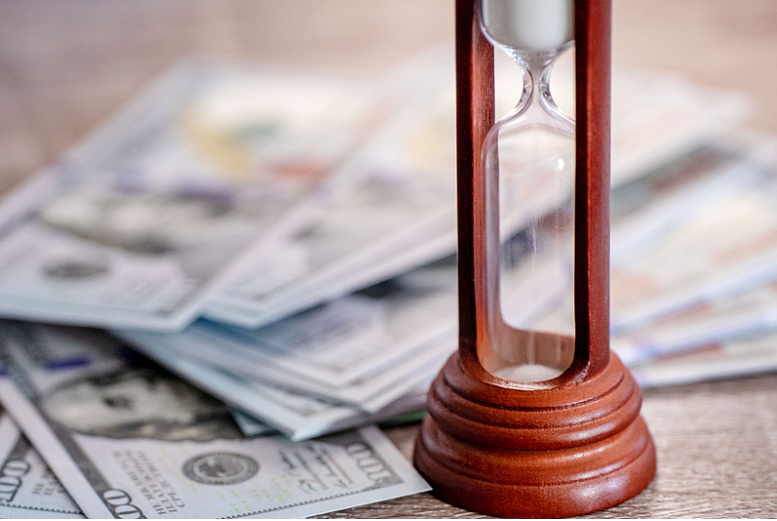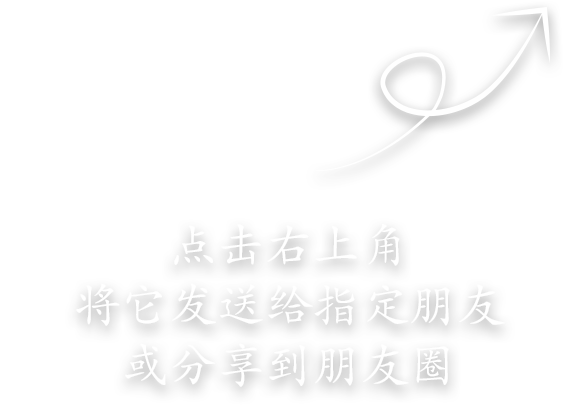Specifically, the industrial product logistics has generally maintained a stable recovery trend, and the logistics demand of most industries has maintained growth with obvious structural changes. Basic industries and upgrading industries are driven in both directions, supporting the continuous recovery of industrial logistics. In July, the total logistics volume of raw material manufacturing increased by 8.8% year-on-year, two percentage points faster than that in June, especially in the steel and petroleum processing industries, the growth rate was around 15% year-on-year, which was faster than that in last month. With the high-end extension and green transformation of the industry, the logistics demand in related fields has maintained rapid growth.
People's livelihood consumption logistics is still in the recovery period, and the policy of promoting consumption is gradually effective. From January to July, the total logistics volume of units and residents' goods increased by 10.1% year-on-year, a slight increase of 0.1 percentage points over the first half of the year. From the structural point of view, online e-commerce logistics continues to be active, and offline logistics such as restaurants, department stores and convenience stores continue to pick up.
From January to July this year, the total revenue of the logistics industry reached 7.5 trillion yuan, a year-on-year increase of 4.6%, and the growth rate dropped by 0.7 percentage points compared with the first half of this year. The growth rate of the logistics market was stable. Since July, affected by high temperature and floods in some areas, regional logistics business has been blocked in stages. Coupled with the weak upstream demand and synchronous adjustment of logistics supply, supply and demand may enter a rebalancing cycle. Considering the scale growth rate and prosperity level of the logistics market, the current growth rate of new logistics investment has slowed down, the adjustment of supply structure has been continuously optimized, the utilization rate of equipment and capacity in some areas has improved, the supply and demand of the industry may enter a rebalancing stage, and the price of logistics services is expected to stabilize.
Marginal improvement of enterprise operating costs, market participants' expectations to be stabilized. Since the beginning of this year, the investment in logistics has continued to grow. Enterprises have deeply tapped the upstream demand by increasing the density of outlets, intelligentizing equipment and digitizing enterprise operations, so as to increase market share and reduce the operating costs of enterprises. However, we should also see that the profit pressure of logistics enterprises is still relatively high, and the long-term low-profit operation of logistics enterprises will have a certain impact on development expectations. In the next stage, we should focus on expanding domestic demand, promoting consumption, reducing costs and increasing efficiency, and so on. With the increase of positive factors in the market, corporate confidence will gradually improve.
On the whole, since the beginning of this year, the logistics operation has been generally stable, the social logistics demand has maintained growth, the logistics supply is sufficient, and the industry as a whole is in a boom zone. The slowdown of some logistics indicators in July is still a normal fluctuation. Although the international and domestic environment is still grim, the sustained and stable recovery of logistics still faces challenges. However, we should also see that the overall adjustment and adaptability of the logistics industry has been gradually enhanced, the service quality has been steadily improved, the upstream and downstream synergy of the supply chain has been further improved, and the level of production and marketing convergence in industries, circulation and other fields has been improved. In the later period, with the gradual and accurate implementation of macro policies, logistics operation is expected to pick up steadily.












